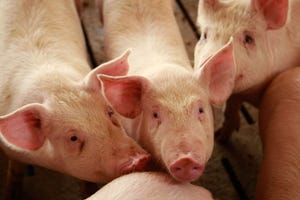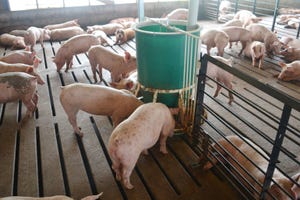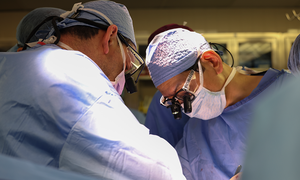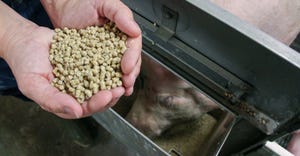Hog Health
thumbnail
Livestock Management
Deadline approaching soon for PQA Plus Advisor certification sessionDeadline approaching soon for PQA Plus Advisor certification session
Pork Quality Assurance Plus merges food safety and animal well-being concepts of the original PQA program into three steps.
Subscribe to Our Newsletters
National Hog Farmer is the source for hog production, management and market news

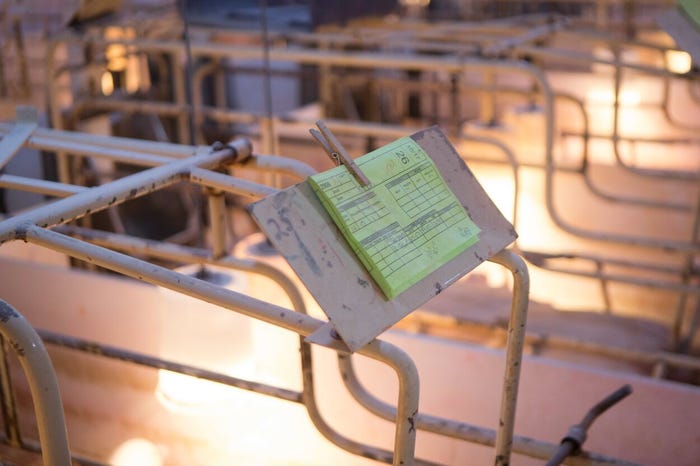

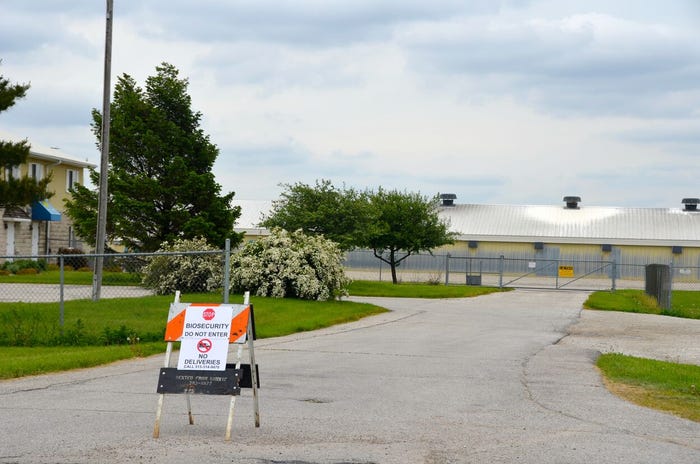
.jpg?width=700&auto=webp&quality=80&disable=upscale)























